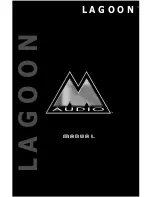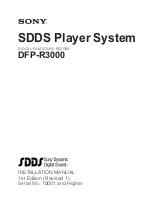
High-speed Multifunction Boards
User Manual, Ver. 1.0, May 2015, PMH-029-10 Page 17
2.4.5
Analog Input Data Acquisition Methods
The following is an overview of the five trigger modes:
Trigger Mode
Description
Software
Trigger
No trigger signal is used
and all A/D operations
are initiated by software.
Post Trigger
DTRG0 trigger signal is
used to initiate the
A/D operations.
After the clock signal is generated, A/D data will be recorded and saved to the buffer or the FIFO.
Two clock sources are provided, a software command and a pacer clock.
The saved data can be transferred to the memory on the PC using either software polling, Interrupt
transfer or DMA transfer.
Different combinations of trigger mode, clock signal and data transfer can be used to create four
different types of A/D applications, which are summarized below:
Trigger Mode
Clock Mode
Transfer Mode
FIFO (K Samples)
Trigger Source
Software Trigger
Software
Command
Polling
N/A
N/A
Software Trigger
Post Trigger
Internal Clock
External Clock
Interrupt
2 (sharing)
DTRG0
AI_CONV
Software Trigger
Post Trigger
Internal Clock
External Clock
DMA
2 (sharing)
DTRG0
AI_CONV
















































